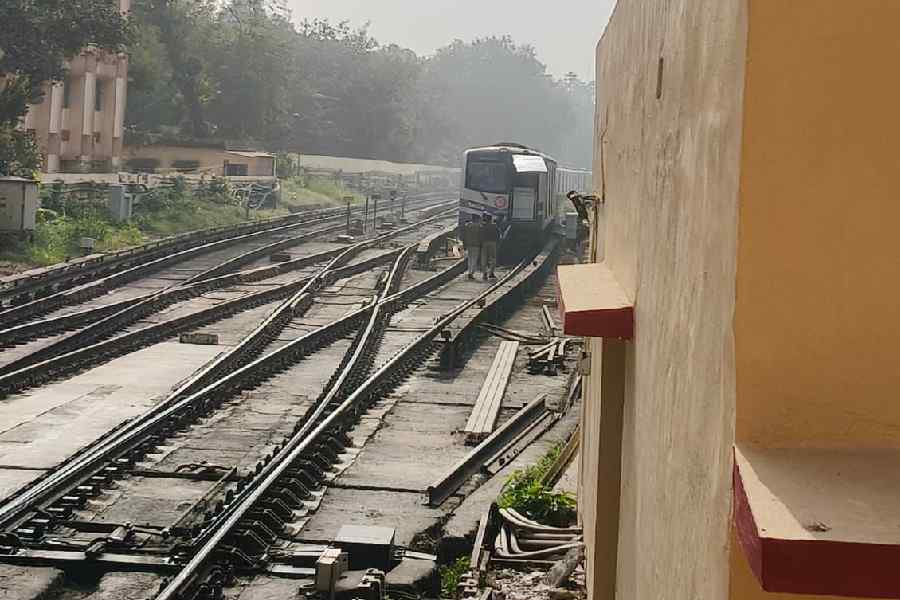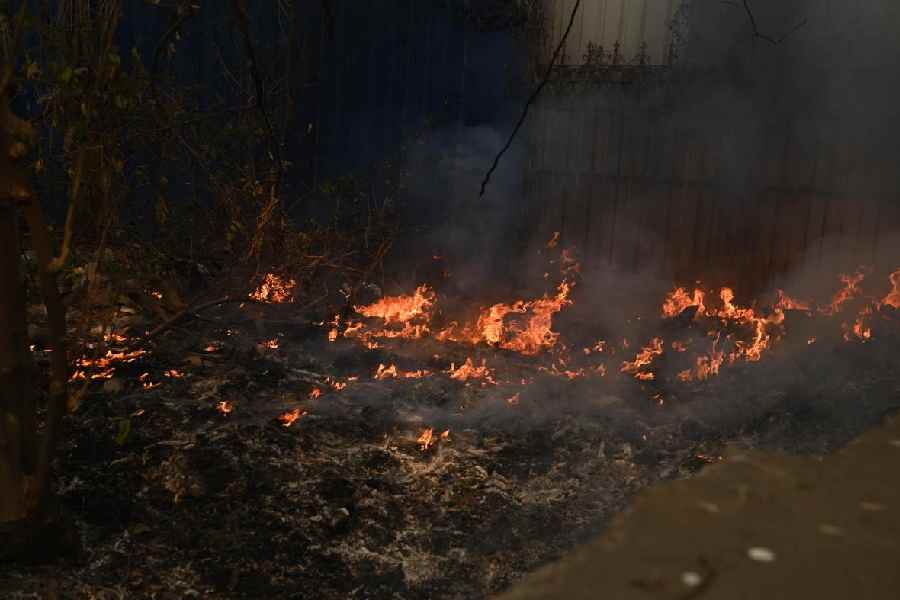 |
 |
Much of my childhood and early adolescence was spent in a house with a capacious hall on the ground floor that was used by my father to store files. The documents — they were arranged chronologically on steel racks the colours of grey and dark green — contained records of his faltering business, the resultant litigations, income-tax returns as well as sundry newspaper clippings. My free time, usually afternoons or the hours between studying and dinner, was often spent inside this dimly-lit hall. It was an anxious, even eerie, experience. It wasn’t just the stacks of dusty, sallow, paper with their peculiar smell or the small insects gathered around the flickering bulb that made me uneasy. The knowledge of having stepped into forbidden territory, one that held secret records of the life of a man I never quite knew, fed my nervousness.
The memory of this anxiety returned to me while I closely examined the series of photographs taken by Dayanita Singh in FILE ROOM (Steidl, Euro 30). File Room is as much an archive of spaces that serve as an intersection of the personal and the public as it is a tribute to the pre-digital age. The book includes an interview with Hans Ulrich Obrist; readers will find the conversation immensely useful to identify the links as well as departures between File Room and the photographer’s other works.
In it, Dayanita says she has, time and again, taken pictures of rooms full of paper for over a decade. One of the accompanying essays by Aveek Sen — each of his texts adopts a distinct and illuminating approach to the ideas explored on film — recounts Dayanita’s mother reminiscing about the family mansion, one with a maze of rooms that sheltered, among other things, wheatseeds, rusty fire-arms, stuffed tiger cubs, four girls, one woman, and “thousands of files”.
What these images unveil is more complicated than a visual archive of memory. The photographs depict, page after page, rooms in courts, municipal offices, State archives and other institutions that are filled with filed records of a myriad phenomena — tides and maps, national icons and family histories, and so on. It is thus a chamber of secrets that forces the viewer to confront his unequal relationship as a citizen with labyrinthine bureaucratic institutions, which keep away from the public eye both knowledge and history in the name of preserving them. The epiphany is further complicated by the power of the photographs to generate simultaneous reflections on posterity and effacement.
The anxiety that grips the viewer on viewing this body of work is a combination of furtive pleasure and mortal fear. The pleasure stems from the thrill of chancing upon the undisclosed. The fear is brought upon by the disorder that prevails in these archives, a kind of turmoil that threatens to drown or obliterate the markers of one’s existence. Such an erasure is akin to death. The photograph that depicts bundles of files covered in white cloth, each coded with indistinct numbers and arranged haphazardly, does, in a way, evoke the idea of body-bags.
Yet, the fluidity of Dayanita’s art also makes it possible to discern a sense of structure from these pits of chaos. The towering vertical structures — shelves — bearing box-like files bring to mind the architecture of a metropolis with its faulty, muddled designs. The book itself has been designed to convey the sense of a portable museum of untold stories.
Sen calls the File Room an elegy to paper. These photographs are also a pictorial homage to not just the material but also the custodians and rituals associated with archives. The death of the age of paper would take with it both the keepers and the key to its secrets.











